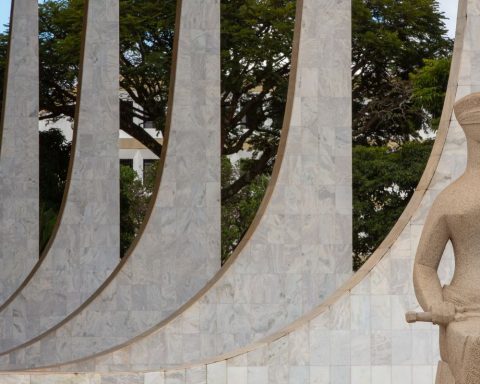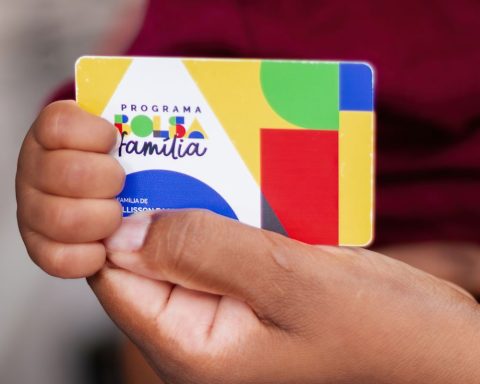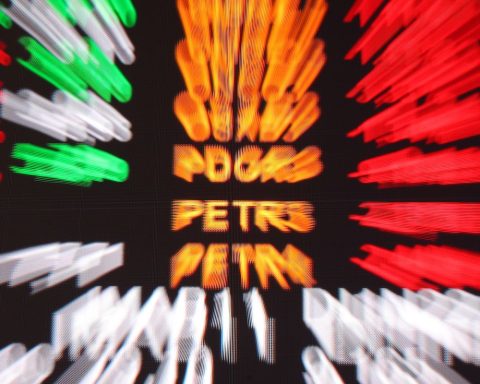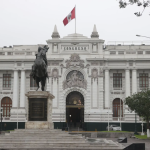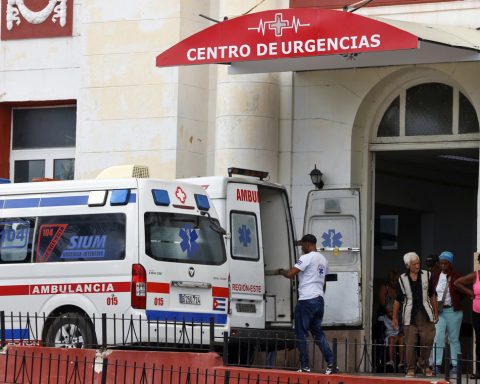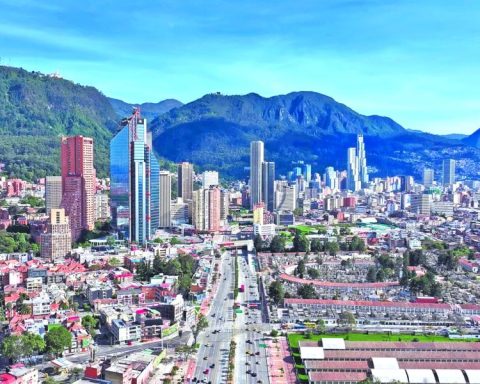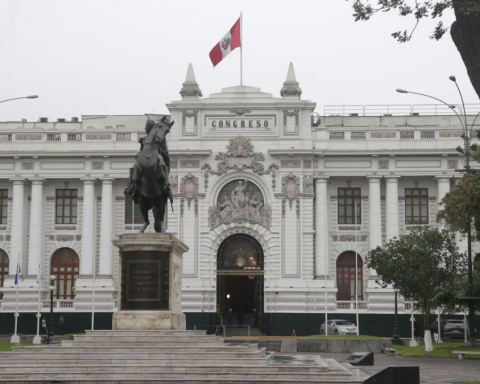The Gross Domestic Product (GDP) Monitor calculated by the Brazilian Institute of Economics (Ibre) of Fundação Getulio Vargas (FGV) indicated growth of 1.8% in economic activity in November 2021, compared to the previous month; and decrease of 0.3% in the moving quarter between September and November, in relation to the one ended in August. 
In the inter-annual comparison, the advance of the economy is 2.2% in the month of November and 1.3% in the moving quarter ended in November.
In current values, the GDP – which is calculated by the sum of the gross funding of all resources and taxes in the country – was estimated, in the year to November 2021, at R$ 7.91 trillion. The numbers were released today (19).
For the coordinator of the FGV’s GDP Monitor, Cláudio Considera, the Brazilian economy in November reversed the trajectory of decline and stagnation that had occurred since April. According to the economist, all demand components were positive, with emphasis on Gross Fixed Capital Formation, which registered strong growth in three sectors, especially Civil Construction.
“Family consumption, the component with the greatest share of demand, also grew, with services standing out, thanks to the expansion of vaccination. On the supply side, all service components were positive compared to the previous month”, he pointed out.
The coordinator also highlighted the positive result of industrial activity driven by the strong reaction of the transformation industry, while agriculture showed a strong fall. “The rate accumulated in 12 months, which had been negative from April 2020 to April this year, continues to grow at increasing rates and in November it was positive at 4.4%, indicating a GDP growth rate for this year around this one”, he pointed out.
Also according to the economist, the progress in investment in the inter-annual comparison is relevant. “Investment had strong growth year-on-year in November, and continues with high rates in the 12-month period,” he added.
families
According to the indicator, household consumption in the mobile quarter has been growing at decreasing rates since June, when compared to the same period of the previous year, when the increase had been 10.5%.
In the quarter ended in November, this rate was 0.9%. The services component, for the second month in a row, was the only one to show progress. “In the seasonally adjusted series, household consumption decreased by 0.8% compared to the previous quarter, highlighting a loss of strength”, pointed out the GDP Monitor.
investments
In the comparison of the moving quarter with the same period last year, the Gross Fixed Capital Formation (GFCF), which represents investments, also remains with decreasing rates since June, when it rose 33.1%.
In the quarter ended in November, the variation reached 3.9%. November was the first month since October 2020 that the machinery and equipment component showed a decline. “In the seasonally adjusted series, the gross formation of fixed capital decreased (6.4%) in the moving quarter ended in November, compared to the one ended in August”, indicated the survey.
Export
In exports, the fall was 0.1% in the moving quarter ended in November, compared to the same period of the previous year. This is the first negative rate since February 2021. In the analysis of the seasonally adjusted series, exports fell by 6.4% in the moving quarter ended in November compared to the one ended in August.
Import
Imports rose 11.8% in the moving quarter from September to November, compared to the same period last year. “It is important to highlight the high growth of mining products (49.6%). In the analysis of the seasonally adjusted series, imports grew by 2.8% in the moving quarter ended in November compared to the one ended in August”, he pointed out.

